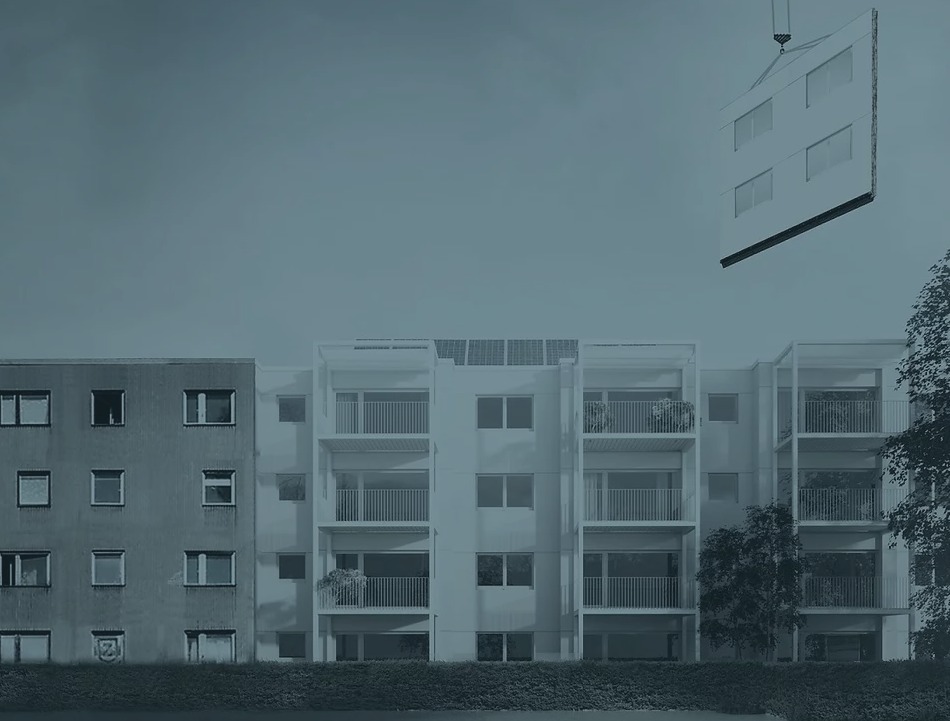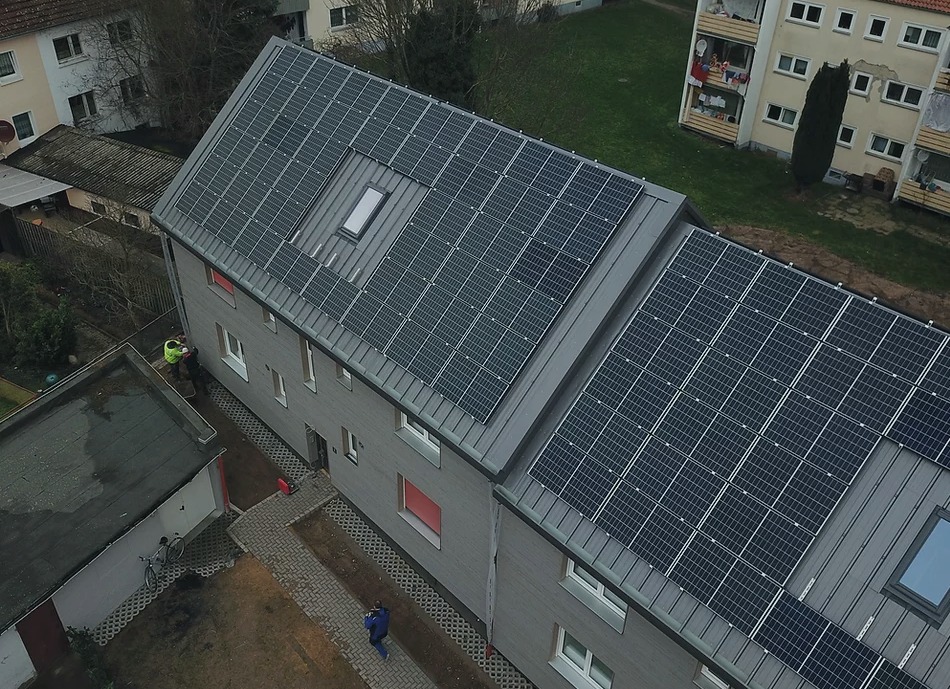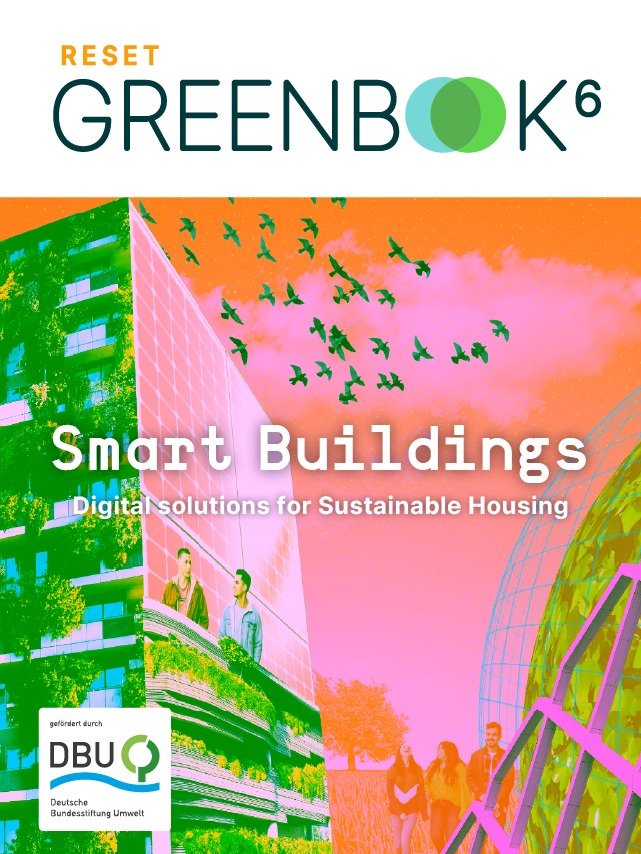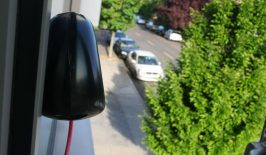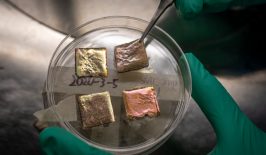Although a net zero status is still a long way off for many nations, major issue areas have already been identified. In particular, some buildings often come with large carbon footprints, especially in terms of heating. Ideally, states should concentrate on constructing new, more modern dwellings with better insulation and energy efficiency. However, that still leaves the issue of older buildings.
In many cases it is not feasible or desirable to tear older buildings down and replace them with new ones. Still, for many years, improving the energy efficiency of buildings has been high on the agenda, with many states offering incentives to improve the insulation of older homes. However, it remains that in many cases this simply is not economically feasible.
Ecoworks is a Germany-based startup which is taking an outside perspective to insulation – quite literally. Instead of using traditional insulation within walls, Ecoworks has developed a second skin for buildings which can be more easily attached to the exterior of homes and offices.
Currently the process is extremely bespoke and individual to each building. A 3D scan of the building is taken, which is used to create a digital twin. From this, the company develops plans for panels which are complete with windows, doorways, channels for pipes and solar panels on the roof. These panels are then constructed by robots within the Ecoworks factory and transported to the building for assembly by skilled workers.
This method provides several advantages over traditional methods. Most importantly, the bulk of the assembly work is conducted off-site, which reduces the inconvenience to tenants and owners, as well as the cost. The inconvenience of turning your home into a building site is perhaps one of the major elements putting off homeowners from potentially improving the energy efficiency of their homes. Ecoworks claims their approach requires 80 percent less work with the largely noninvasive assembly process usually taking a few weeks. This approach also allows a series of buildings to be quickly renovated and improved.
According to Ecoworks, their methods can have a major impact on the energy efficiency of even old buildings, turning them from carbon producers to carbon negative. One project involving an apartment building from the 1930s went from using 450 kilowatt-hours of energy per square metre to actually feeding excess energy back into the grid.
Buildings are a CO2 heavyweight: the construction, heating, cooling and disposal of our homes accounts for around 40 percent of Germany’s CO2 emissions. We will only achieve our climate goals if these emissions are massively reduced.
But how can we achieve the sustainable transformation of buildings and what role do digital solutions play in this? The RESET Greenbook provides answers: Building transformation – intelligently transforming houses and neighbourhoods.
Currently, Ecoworks approach works best with buildings with a simple, relatively flat exterior structure, such as large prefabricated apartment complexes. However, the team is looking to expand and develop their approach to incorporate more complex designs which can be used by civic buildings such as schools, as well as single-family homes.
Insulating buildings is but one step in making our homes and offices more environmentally friendly. Another is the use of new emerging technologies, including software, which can help manage the energy flow of buildings. We have previously discussed other ‘digital twin’ concepts which can help identify areas within buildings where energy savings can be made, while new Internet of Things appliances such as smart radiators can manage themselves without human involvement. New smart building materials are also being developed, such as solar panel bricks, or new roofing material which can automatically heat or cool a home.
